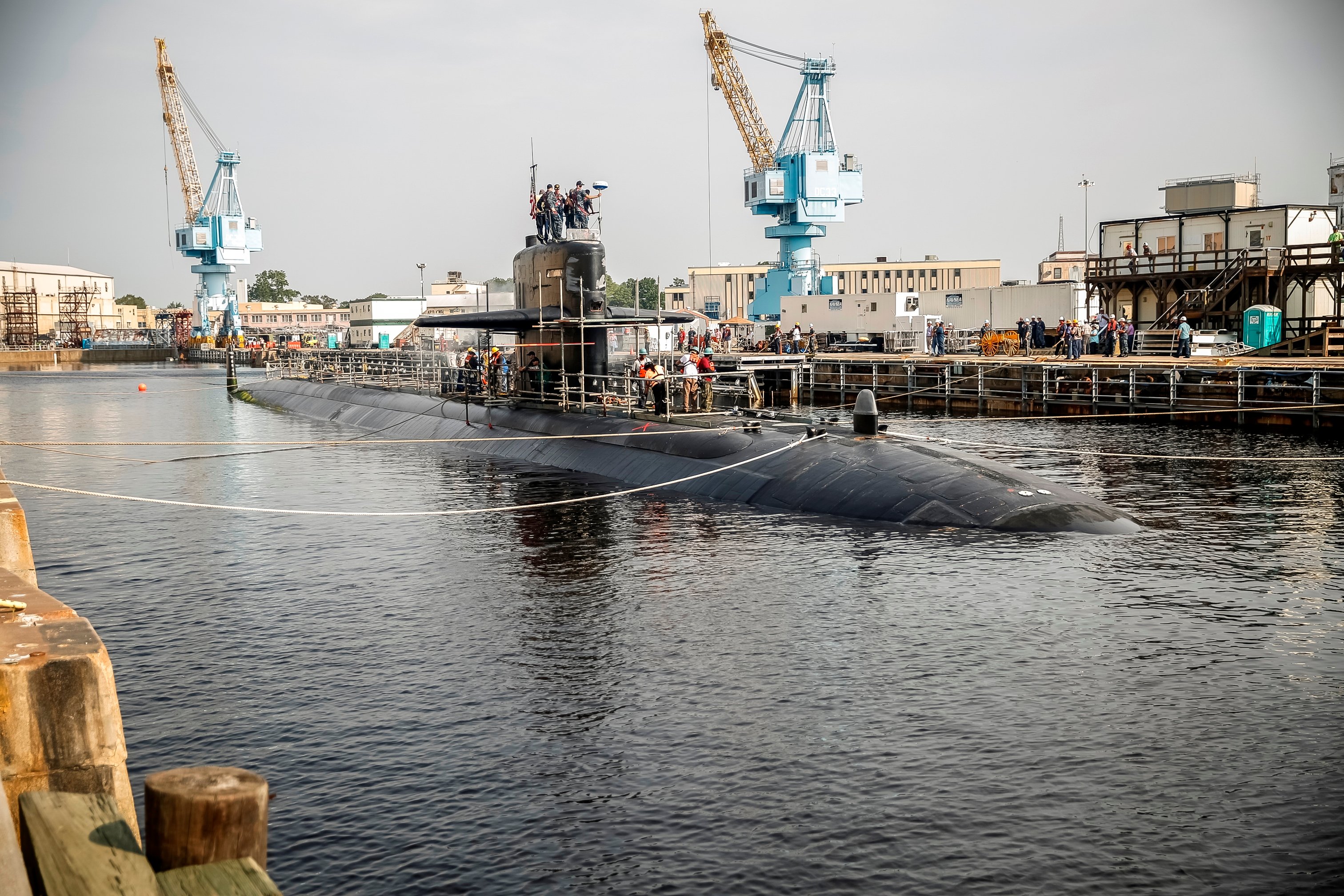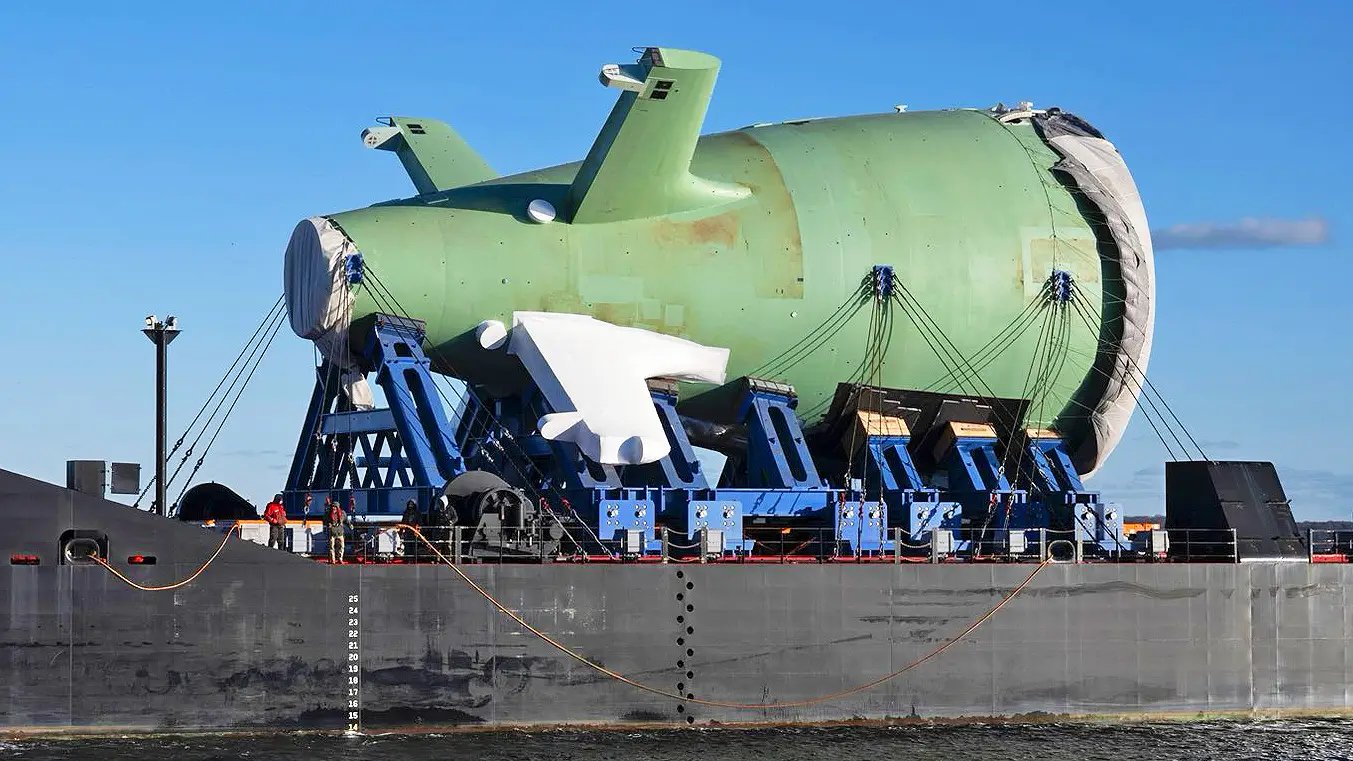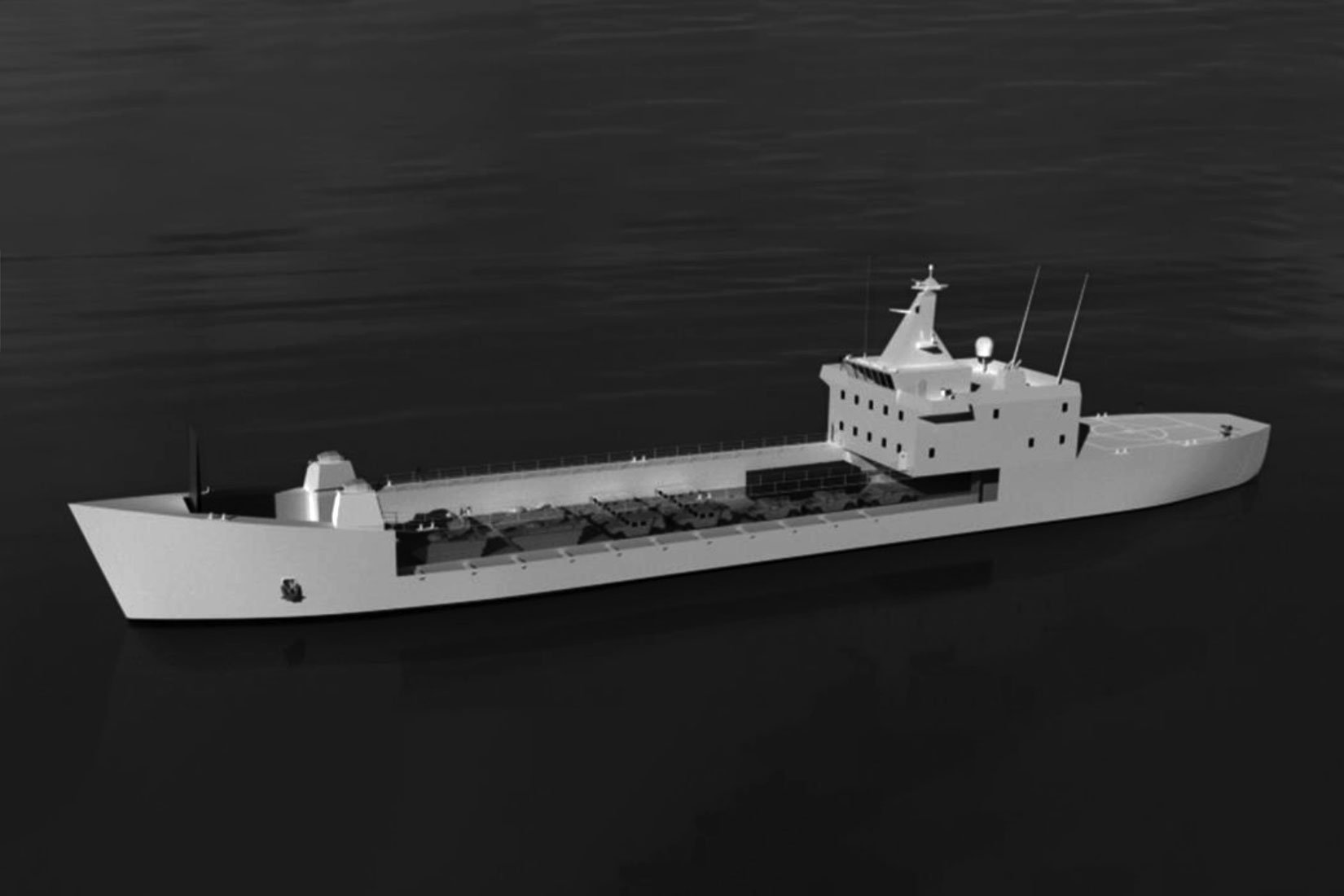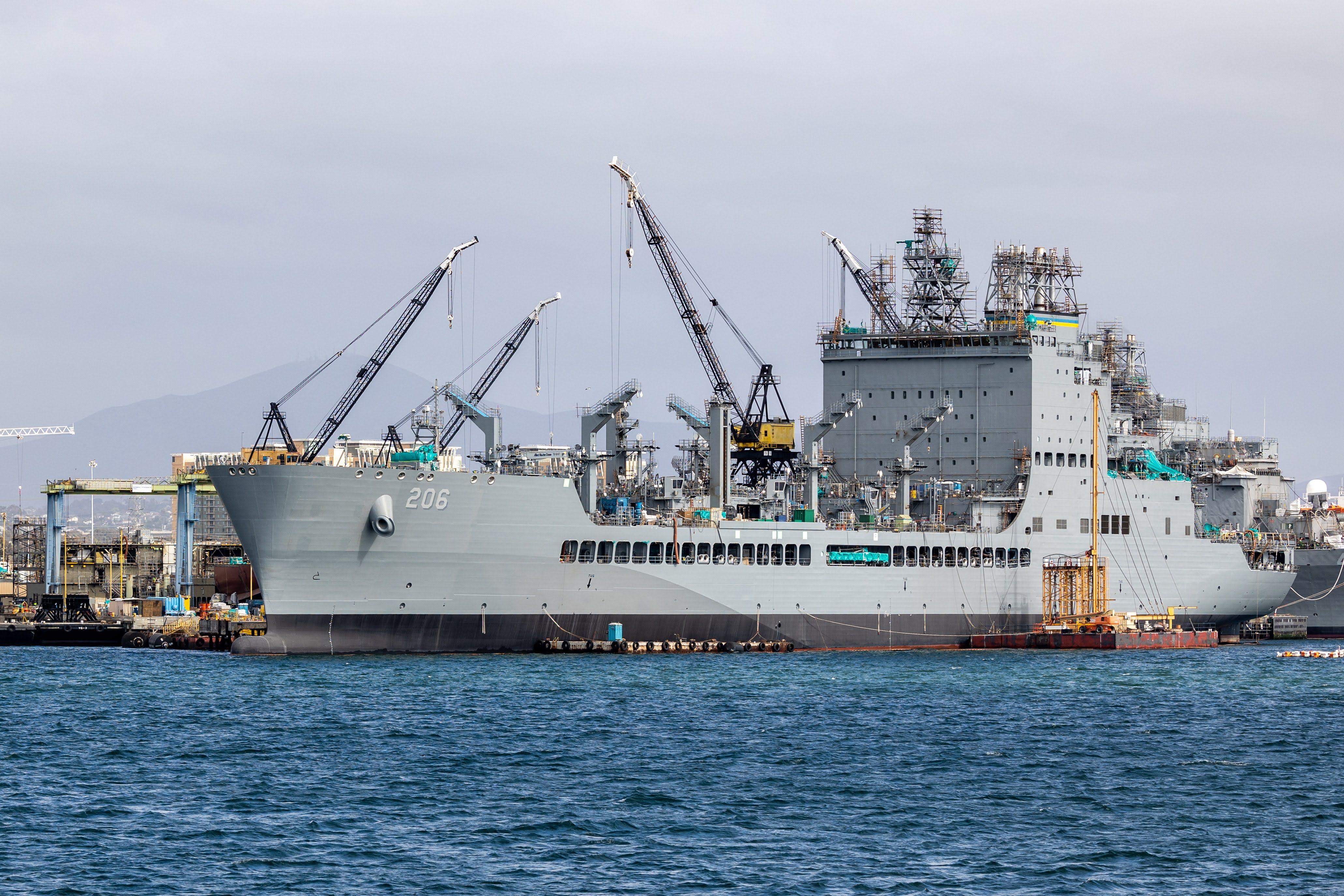
CAPITOL HILL – The Navy will execute a $21-billion, 20-year public shipyard optimization plan as a series of small projects that can be done even as maintenance work on submarines and aircraft carriers continues at the yards, the assistant secretary of the Navy for research, development and acquisition told senators today.
James Geurts said in a hearing before the Senate Armed Services seapower subcommittee that, though the yard improvement plan is massive, the Navy is now looking at how to time “a collection of a multitude of small things” that can be executed while shipyard operations continue, rather than shutting down a yard completely to overhaul it.
“It’s not going to be one yard, then another yard. It’s going to be all four in parallel,” he explained, adding that the shipyard optimization plan that the Navy submitted to Congress in February “lays the overall strategy out, and now we’ve got to get to year-by-year, facility-by-facility planning, because the challenge will be, we can’t stop doing all the work we’re doing now, so we’ll have to get very detailed planning, how do we build a new facility as we’re executing the existing work. You’ll see that continue to get refined over the coming year.”
Naval Sea Systems Command leadership had previously told USNI News that the shipyard optimization plan would outline a plan to overhaul the yards’ aging drydocks and potentially add more drydocks; to upgrade old equipment; to optimize the workflow at the yards, which are now working on ships that hadn’t even been conceived of when the yards were first designed; and to ensure the workforce was properly trained and equipped to do their jobs more efficiently and effectively.
NAVSEA commander Vice Adm. Tom Moore had previously told USNI News that the effort would be a “fairly significant investment over the course of about 20 years, $10 billion-plus.” However, the scope and cost of the plan has grown, with both Geurts and Deputy Chief of Naval Operations for Warfare Systems (OPNAV N9) Vice Adm. Bill Merz saying at the hearing that the plan would cost $21 billion. Merz noted the effort would include drydocks, recapitalization and an overhaul of the tooling and equipment at all four yards.
The Navy for years has faced a daunting backlog of work at the four yards – Portsmouth Naval Shipyard, Norfolk Naval Shipyard, Puget Sound Naval Shipyard and Intermediate Maintenance Facility, and Pearl Harbor Naval Shipyard and IMF – though Moore told USNI News last summer that the Navy was chipping away at that backlog for the first time in years. Geurts said at the hearing today that “we’re in pretty good shape of working off existing backlog; now we’ve got to be ready for the growing fleet,” he said, referencing the Navy’s goals to grow to a 355-ship fleet that would ultimately include more aircraft carriers and more attack submarines than the fleet has today.
“As we grow the fleet, we’ve got to be very cognizant that we’re growing the maintenance capability of the fleet,” Geurts said.
The path to boosting output at each yard will look a little different, based on each yard’s current condition and their expected role in maintaining and modernizing ships going forward – though Sen. Tim Kaine (D-Va.) noted during the hearing that all four yards had been judged to be in poor or failing condition during an assessment by the Government Accountability Office.
Geurts said “the yards know where there’s opportunity, they’re motivated to get there, we just need to help resource them, and then at the secretariat level manage that work – and so we’re setting up a governance structure to make sure we’ve got the right senior oversight to keep that effort on track. It’s a collection of a multitude of small things, but if we can enable that workforce with modern tools, put the development programs in there to have a sustainable workforce, then I think we can see great improvement, and we’re going to need that improvement if we’re going to sustain this 355-ship navy.”
Geurts told USNI News after the hearing that the advantage to tackling this massive upgrade effort as a collection of a lot of small projects is that, if the Navy finds an opportunity to accelerate one project, or another encounters a snag and has to slow down, the plan as a whole is not thrown off course.
He said that addressing the aging drydocks would likely be the first priority, but he said overall “the real key is we’ve got to continue to execute work while we upgrade. So you can’t just shut down a whole yard for a couple years. So it’ll be a combination of aging equipment like drydocks, optimizing flow in the yard and trying to reduce wasted effort there. And then a lot of outdated infrastructure.”





